Cover
Copyright Page
Acknowledgments
About the Authors
Contents
Preface
1 Introduction to Computers and C++
1.1 Introduction
1.2 Computers and the Internet in Industry and Research
1.3 Hardware and Software
1.3.1 Moore's Law
1.3.2 Computer Organization
1.4 Data Hierarchy
1.5 Machine Languages, Assembly Languages and High-Level Languages
1.6 C++
1.7 Programming Languages
1.8 Introduction to Object Technology
1.9 Typical C++ Development Environment
1.10 Test-Driving a C++ Application
1.11 Operating Systems
1.11.1 Windows—A Proprietary Operating System
1.11.2 Linux—An Open-Source Operating System
1.11.3 Apple's OS X; Apple's iOS for iPhone®, iPad® and iPod Touch® Devices
1.11.4 Google's Android
1.12 The Internet and World Wide Web
1.13 Some Key Software Development Terminology
1.14 C++11 and the Open Source Boost Libraries
1.15 Keeping Up to Date with Information Technologies
1.16 Web Resources
2 Introduction to C++ Programming; Input/Output and Operators
2.1 Introduction
2.2 First Program in C++: Printing a Line of Text
2.3 Modifying Our First C++ Program
2.4 Another C++ Program: Adding Integers
2.5 Memory Concepts
2.6 Arithmetic
2.7 Decision Making: Equality and Relational Operators
2.8 Wrap-Up
3 Introduction to Classes, Objects and Strings
3.1 Introduction
3.2 Defining a Class with a Member Function
3.3 Defining a Member Function with a Parameter
3.4 Data Members, set Member Functions and get Member Functions
3.5 Initializing Objects with Constructors
3.6 Placing a Class in a Separate File for Reusability
3.7 Separating Interface from Implementation
3.8 Validating Data with set Functions
3.9 Wrap-Up
4 Control Statements: Part 1; Assignment, ++ and -- Operators
4.1 Introduction
4.2 Algorithms
4.3 Pseudocode
4.4 Control Structures
4.5 if Selection Statement
4.6 if…else Double-Selection Statement
4.7 while Repetition Statement
4.8 Formulating Algorithms: Counter-Controlled Repetition
4.9 Formulating Algorithms: Sentinel-Controlled Repetition
4.10 Formulating Algorithms: Nested Control Statements
4.11 Assignment Operators
4.12 Increment and Decrement Operators
4.13 Wrap-Up
5 Control Statements: Part 2; Logical Operators
5.1 Introduction
5.2 Essentials of Counter-Controlled Repetition
5.3 for Repetition Statement
5.4 Examples Using the for Statement
5.5 do…while Repetition Statement
5.6 switch Multiple-Selection Statement
5.7 break and continue Statements
5.8 Logical Operators
5.9 Confusing the Equality (==) and Assignment (=) Operators
5.10 Structured Programming Summary
5.11 Wrap-Up
6 Functions and an Introduction to Recursion
6.1 Introduction
6.2 Program Components in C++
6.3 Math Library Functions
6.4 Function Definitions with Multiple Parameters
6.5 Function Prototypes and Argument Coercion
6.6 C++ Standard Library Headers
6.7 Case Study: Random Number Generation
6.8 Case Study: Game of Chance; Introducing enum
6.9 C++11 Random Numbers
6.10 Storage Classes and Storage Duration
6.11 Scope Rules
6.12 Function Call Stack and Activation Records
6.13 Functions with Empty Parameter Lists
6.14 Inline Functions
6.15 References and Reference Parameters
6.16 Default Arguments
6.17 Unary Scope Resolution Operator
6.18 Function Overloading
6.19 Function Templates
6.20 Recursion
6.21 Example Using Recursion: Fibonacci Series
6.22 Recursion vs. Iteration
6.23 Wrap-Up
7 Class Templates array and vector; Catching Exceptions
7.1 Introduction
7.2 arrays
7.3 Declaring arrays
7.4 Examples Using arrays
7.4.1 Declaring an array and Using a Loop to Initialize the array's Elements
7.4.2 Initializing an array in a Declaration with an Initializer List
7.4.3 Specifying an array's Size with a Constant Variable and Setting array Elements with Calculations
7.4.4 Summing the Elements of an array
7.4.5 Using Bar Charts to Display array Data Graphically
7.4.6 Using the Elements of an array as Counters
7.4.7 Using arrays to Summarize Survey Results
7.4.8 Static Local arrays and Automatic Local arrays
7.5 Range-Based for Statement
7.6 Case Study: Class GradeBook Using an array to Store Grades
7.7 Sorting and Searching arrays
7.8 Multidimensional arrays
7.9 Case Study: Class GradeBook Using a Two-Dimensional array
7.10 Introduction to C++ Standard Library Class Template vector
7.11 Wrap-Up
8 Pointers
8.1 Introduction
8.2 Pointer Variable Declarations and Initialization
8.3 Pointer Operators
8.4 Pass-by-Reference with Pointers
8.5 Built-In Arrays
8.6 Using const with Pointers
8.6.1 Nonconstant Pointer to Nonconstant Data
8.6.2 Nonconstant Pointer to Constant Data
8.6.3 Constant Pointer to Nonconstant Data
8.6.4 Constant Pointer to Constant Data
8.7 sizeof Operator
8.8 Pointer Expressions and Pointer Arithmetic
8.9 Relationship Between Pointers and Built-In Arrays
8.10 Pointer-Based Strings
8.11 Wrap-Up
9 Classes: A Deeper Look; Throwing Exceptions
9.1 Introduction
9.2 Time Class Case Study
9.3 Class Scope and Accessing Class Members
9.4 Access Functions and Utility Functions
9.5 Time Class Case Study: Constructors with Default Arguments
9.6 Destructors
9.7 When Constructors and Destructors Are Called
9.8 Time Class Case Study: A Subtle Trap—Returning a Reference or a Pointer to a private Data Member
9.9 Default Memberwise Assignment
9.10 const Objects and const Member Functions
9.11 Composition: Objects as Members of Classes
9.12 friend Functions and friend Classes
9.13 Using the this Pointer
9.14 static Class Members
9.15 Wrap-Up
10 Operator Overloading; Class string
10.1 Introduction
10.2 Using the Overloaded Operators of Standard Library Class string
10.3 Fundamentals of Operator Overloading
10.4 Overloading Binary Operators
10.5 Overloading the Binary Stream Insertion and Stream Extraction Operators
10.6 Overloading Unary Operators
10.7 Overloading the Unary Prefix and Postfix ++ and -- Operators
10.8 Case Study: A Date Class
10.9 Dynamic Memory Management
10.10 Case Study: Array Class
10.10.1 Using the Array Class
10.10.2 Array Class Definition
10.11 Operators as Member vs. Non-Member Functions
10.12 Converting Between Types
10.13 explicit Constructors and Conversion Operators
10.14 Overloading the Function Call Operator ()
10.15 Wrap-Up
11 Object-Oriented Programming: Inheritance
11.1 Introduction
11.2 Base Classes and Derived Classes
11.3 Relationship between Base and Derived Classes
11.3.1 Creating and Using a CommissionEmployee Class
11.3.2 Creating a BasePlusCommissionEmployee Class Without Using Inheritance
11.3.3 Creating a CommissionEmployee–BasePlusCommissionEmployee Inheritance Hierarchy
11.3.4 CommissionEmployee–BasePlusCommissionEmployee Inheritance Hierarchy Using protected Data
11.3.5 CommissionEmployee–BasePlusCommissionEmployee Inheritance Hierarchy Using private Data
11.4 Constructors and Destructors in Derived Classes
11.5 public, protected and private Inheritance
11.6 Software Engineering with Inheritance
11.7 Wrap-Up
12 Object-Oriented Programming: Polymorphism
12.1 Introduction
12.2 Introduction to Polymorphism: Polymorphic Video Game
12.3 Relationships Among Objects in an Inheritance Hierarchy
12.3.1 Invoking Base-Class Functions from Derived-Class Objects
12.3.2 Aiming Derived-Class Pointers at Base-Class Objects
12.3.3 Derived-Class Member-Function Calls via Base-Class Pointers
12.3.4 Virtual Functions and Virtual Destructors
12.4 Type Fields and switch Statements
12.5 Abstract Classes and Pure virtual Functions
12.6 Case Study: Payroll System Using Polymorphism
12.6.1 Creating Abstract Base Class Employee
12.6.2 Creating Concrete Derived Class SalariedEmployee
12.6.3 Creating Concrete Derived Class CommissionEmployee
12.6.4 Creating Indirect Concrete Derived Class BasePlusCommissionEmployee
12.6.5 Demonstrating Polymorphic Processing
12.7 (Optional) Polymorphism, Virtual Functions and Dynamic Binding "Under the Hood"
12.8 Case Study: Payroll System Using Polymorphism and Runtime Type Information with Downcasting, dynamic_cast, typeid and type_info
12.9 Wrap-Up
13 Stream Input/Output: A Deeper Look
13.1 Introduction
13.2 Streams
13.2.1 Classic Streams vs. Standard Streams
13.2.2 iostream Library Headers
13.2.3 Stream Input/Output Classes and Objects
13.3 Stream Output
13.3.1 Output of char * Variables
13.3.2 Character Output Using Member Function put
13.4 Stream Input
13.4.1 get and getline Member Functions
13.4.2 istream Member Functions peek, putback and ignore
13.4.3 Type-Safe I/O
13.5 Unformatted I/O Using read, write and gcount
13.6 Introduction to Stream Manipulators
13.6.1 Integral Stream Base: dec, oct, hex and setbase
13.6.2 Floating-Point Precision (precision, setprecision)
13.6.3 Field Width (width, setw)
13.6.4 User-Defined Output Stream Manipulators
13.7 Stream Format States and Stream Manipulators
13.7.1 Trailing Zeros and Decimal Points (showpoint)
13.7.2 Justification (left, right and internal)
13.7.3 Padding (fill, setfill)
13.7.4 Integral Stream Base (dec, oct, hex, showbase)
13.7.5 Floating-Point Numbers; Scientific and Fixed Notation (scientific, fixed)
13.7.6 Uppercase/Lowercase Control (uppercase)
13.7.7 Specifying Boolean Format (boolalpha)
13.7.8 Setting and Resetting the Format State via Member Function flags
13.8 Stream Error States
13.9 Tying an Output Stream to an Input Stream
13.10 Wrap-Up
14 File Processing
14.1 Introduction
14.2 Files and Streams
14.3 Creating a Sequential File
14.4 Reading Data from a Sequential File
14.5 Updating Sequential Files
14.6 Random-Access Files
14.7 Creating a Random-Access File
14.8 Writing Data Randomly to a Random-Access File
14.9 Reading from a Random-Access File Sequentially
14.10 Case Study: A Transaction-Processing Program
14.11 Object Serialization
14.12 Wrap-Up
15 Standard Library Containers and Iterators
15.1 Introduction
15.2 Introduction to Containers
15.3 Introduction to Iterators
15.4 Introduction to Algorithms
15.5 Sequence Containers
15.5.1 vector Sequence Container
15.5.2 list Sequence Container
15.5.3 deque Sequence Container
15.6 Associative Containers
15.6.1 multiset Associative Container
15.6.2 set Associative Container
15.6.3 multimap Associative Container
15.6.4 map Associative Container
15.7 Container Adapters
15.7.1 stack Adapter
15.7.2 queue Adapter
15.7.3 priority_queue Adapter
15.8 Class bitset
15.9 Wrap-Up
16 Standard Library Algorithms
16.1 Introduction
16.2 Minimum Iterator Requirements
16.3 Algorithms
16.3.1 fill, fill_n, generate and generate_n
16.3.2 equal, mismatch and lexicographical_compare
16.3.3 remove, remove_if, remove_copy and remove_copy_if
16.3.4 replace, replace_if, replace_copy and replace_copy_if
16.3.5 Mathematical Algorithms
16.3.6 Basic Searching and Sorting Algorithms
16.3.7 swap, iter_swap and swap_ranges
16.3.8 copy_backward, merge, unique and reverse
16.3.9 inplace_merge, unique_copy and reverse_copy
16.3.10 Set Operations
16.3.11 lower_bound, upper_bound and equal_range
16.3.12 Heapsort
16.3.13 min, max, minmax and minmax_element
16.4 Function Objects
16.5 Lambda Expressions
16.6 Standard Library Algorithm Summary
16.7 Wrap-Up
17 Exception Handling: A Deeper Look
17.1 Introduction
17.2 Example: Handling an Attempt to Divide by Zero
17.3 Rethrowing an Exception
17.4 Stack Unwinding
17.5 When to Use Exception Handling
17.6 Constructors, Destructors and Exception Handling
17.7 Exceptions and Inheritance
17.8 Processing new Failures
17.9 Class unique_ptr and Dynamic Memory Allocation
17.10 Standard Library Exception Hierarchy
17.11 Wrap-Up
18 Introduction to Custom Templates
18.1 Introduction
18.2 Class Templates
18.3 Function Template to Manipulate a Class-Template Specialization Object
18.4 Nontype Parameters
18.5 Default Arguments for Template Type Parameters
18.6 Overloading Function Templates
18.7 Wrap-Up
19 Custom Templatized Data Structures
19.1 Introduction
19.2 Self-Referential Classes
19.3 Linked Lists
19.4 Stacks
19.5 Queues
19.6 Trees
19.7 Wrap-Up
20 Searching and Sorting
20.1 Introduction
20.2 Searching Algorithms
20.2.1 Linear Search
20.2.2 Binary Search
20.3 Sorting Algorithms
20.3.1 Insertion Sort
20.3.2 Selection Sort
20.3.3 Merge Sort (A Recursive Implementation)
20.4 Wrap-Up
21 Class string and String Stream Processing: A Deeper Look
21.1 Introduction
21.2 string Assignment and Concatenation
21.3 Comparing strings
21.4 Substrings
21.5 Swapping strings
21.6 string Characteristics
21.7 Finding Substrings and Characters in a string
21.8 Replacing Characters in a string
21.9 Inserting Characters into a string
21.10 Conversion to Pointer-Based char * Strings
21.11 Iterators
21.12 String Stream Processing
21.13 C++11 Numeric Conversion Functions
21.14 Wrap-Up
22 Bits, Characters, C Strings and structs
22.1 Introduction
22.2 Structure Definitions
22.3 typedef
22.4 Example: Card Shuffling and Dealing Simulation
22.5 Bitwise Operators
22.6 Bit Fields
22.7 Character-Handling Library
22.8 C String-Manipulation Functions
22.9 C String-Conversion Functions
22.10 Search Functions of the C String-Handling Library
22.11 Memory Functions of the C String-Handling Library
22.12 Wrap-Up
23 Other Topics
23.1 Introduction
23.2 const_cast Operator
23.3 mutable Class Members
23.4 namespaces
23.5 Operator Keywords
23.6 Pointers to Class Members (.* and ->*)
23.7 Multiple Inheritance
23.8 Multiple Inheritance and virtual Base Classes
23.9 Wrap-Up
List of Chapters on the Web
A: Operator Precedence and Associativity
B: ASCII Character Set
C: Fundamental Types
D: Number Systems
D.1 Introduction
D.2 Abbreviating Binary Numbers as Octal and Hexadecimal Numbers
D.3 Converting Octal and Hexadecimal Numbers to Binary Numbers
D.4 Converting from Binary, Octal or Hexadecimal to Decimal
D.5 Converting from Decimal to Binary, Octal or Hexadecimal
D.6 Negative Binary Numbers: Two's Complement Notation
E Preprocessor
E.1 Introduction
E.2 #include Preprocessing Directive
E.3 #define Preprocessing Directive: Symbolic Constants
E.4 #define Preprocessing Directive: Macros
E.5 Conditional Compilation
E.6 #error and #pragma Preprocessing Directives
E.7 Operators # and ##
E.8 Predefined Symbolic Constants
E.9 Assertions
E.10 Wrap-Up
List of Appendices on the Web
Index
A
B
C
D
E
F
G
H
I
J
K
L
M
N
O
P
Q
R
S
T
U
V
W
X
Y
Z
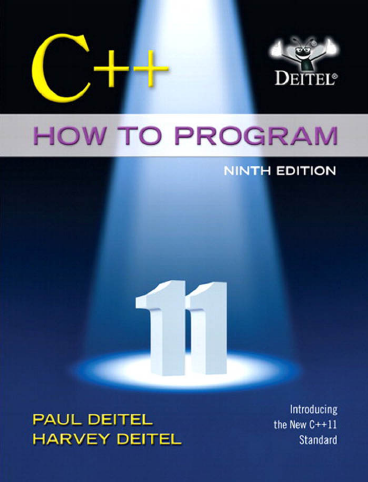
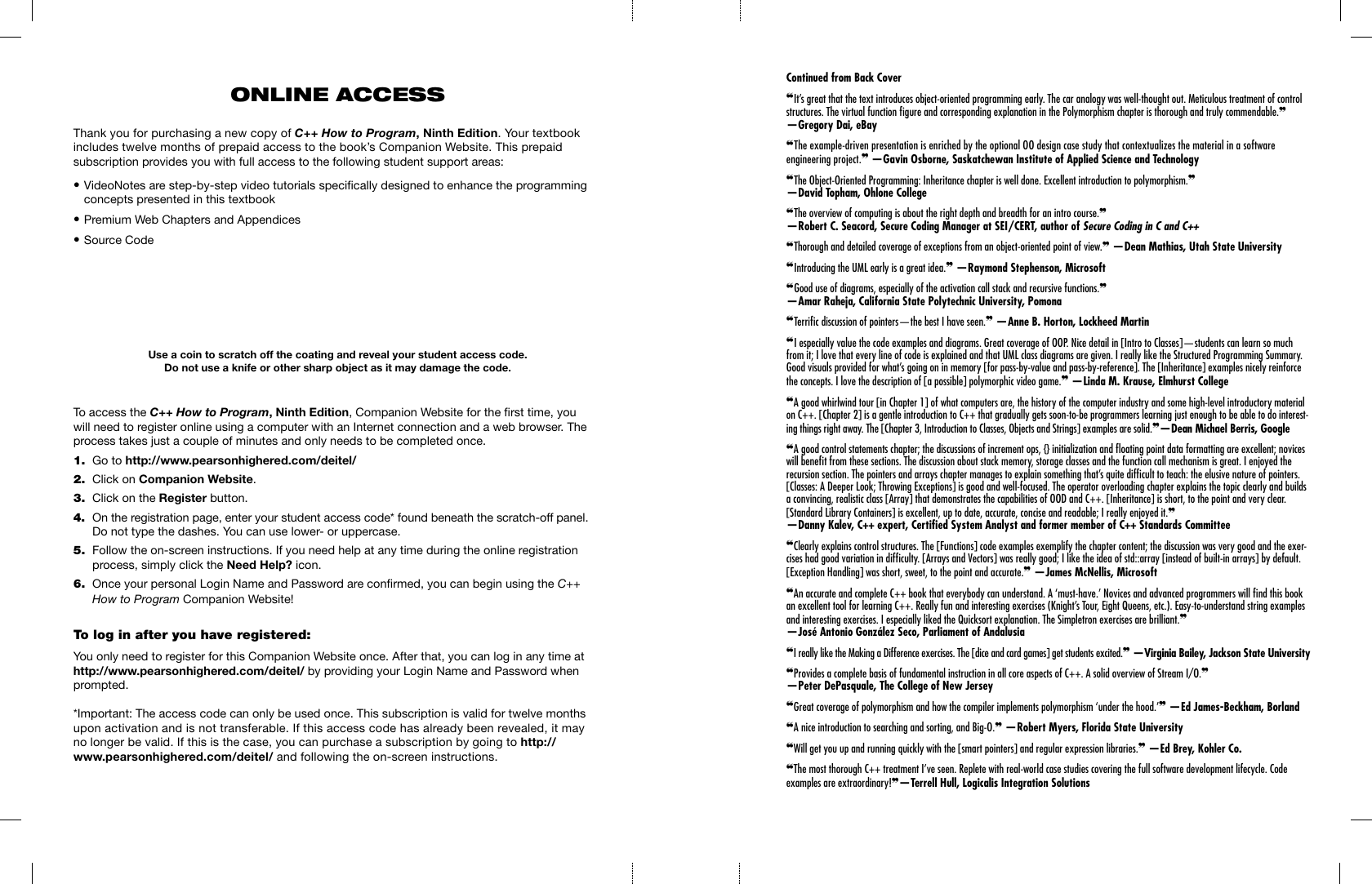
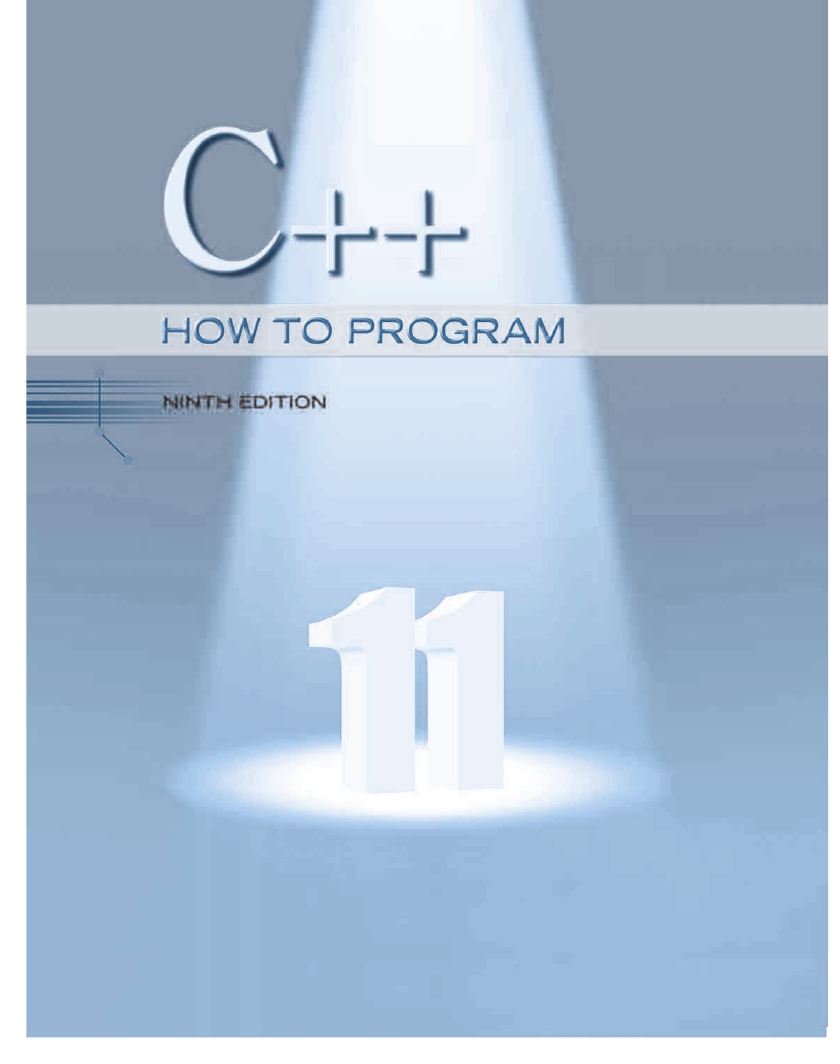
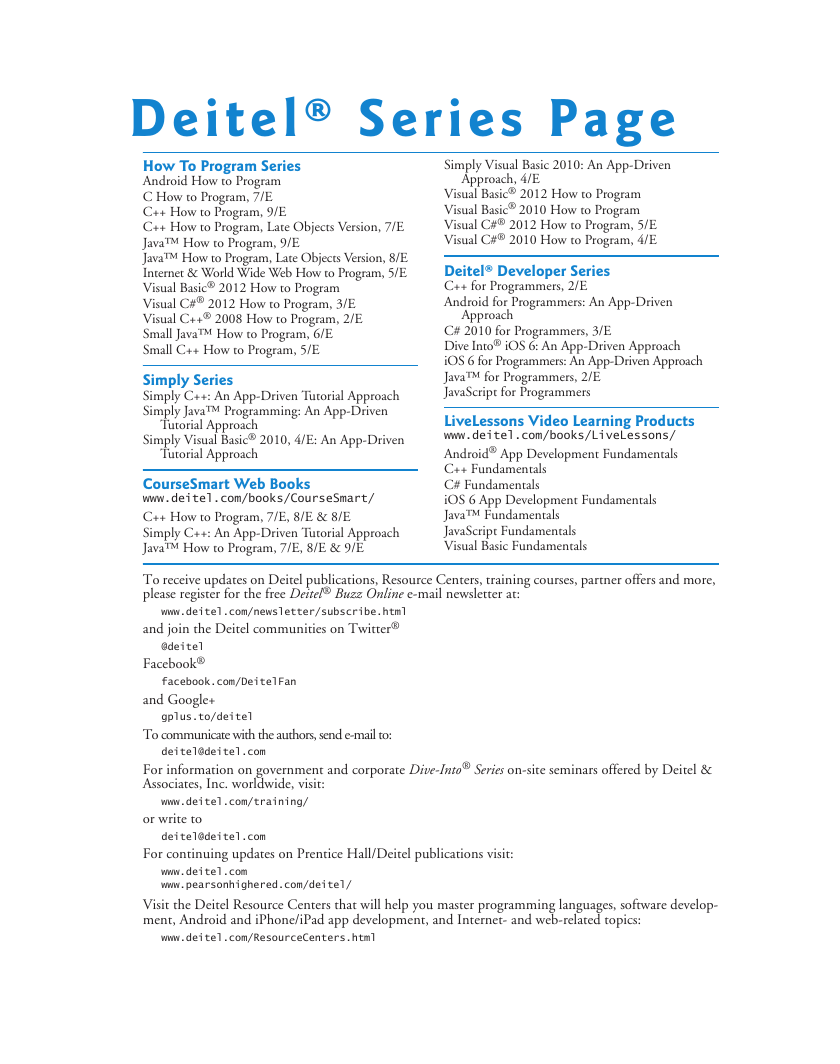
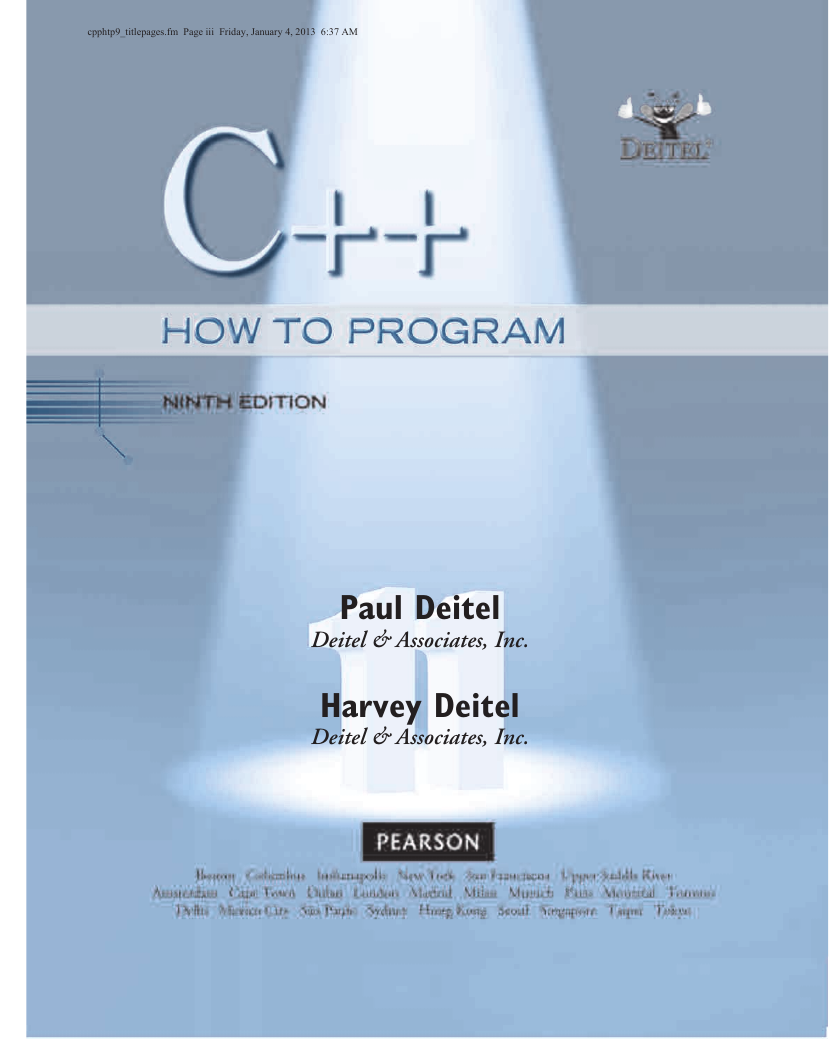
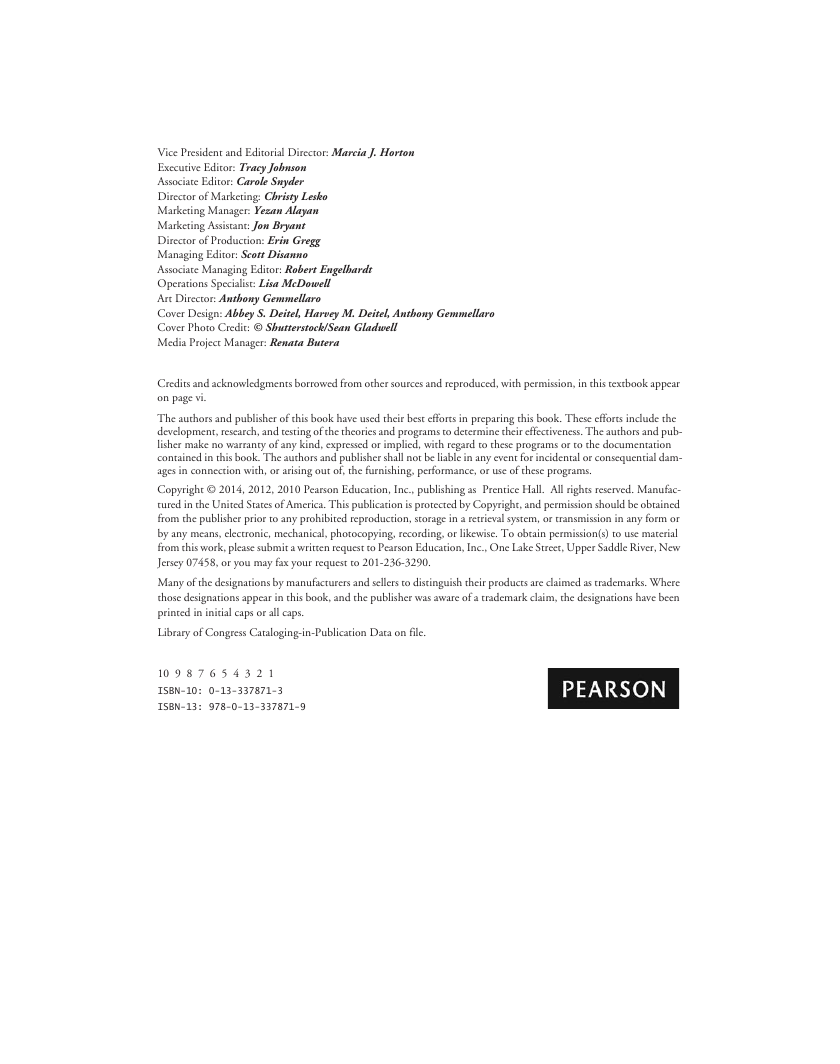
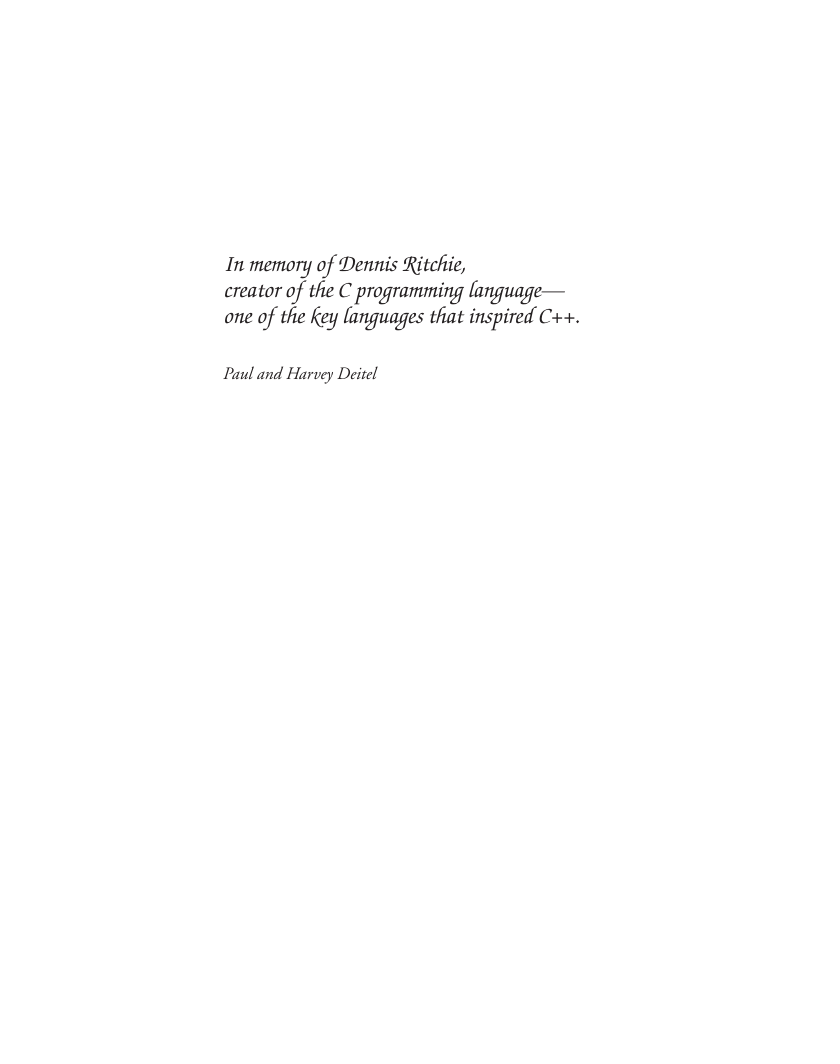
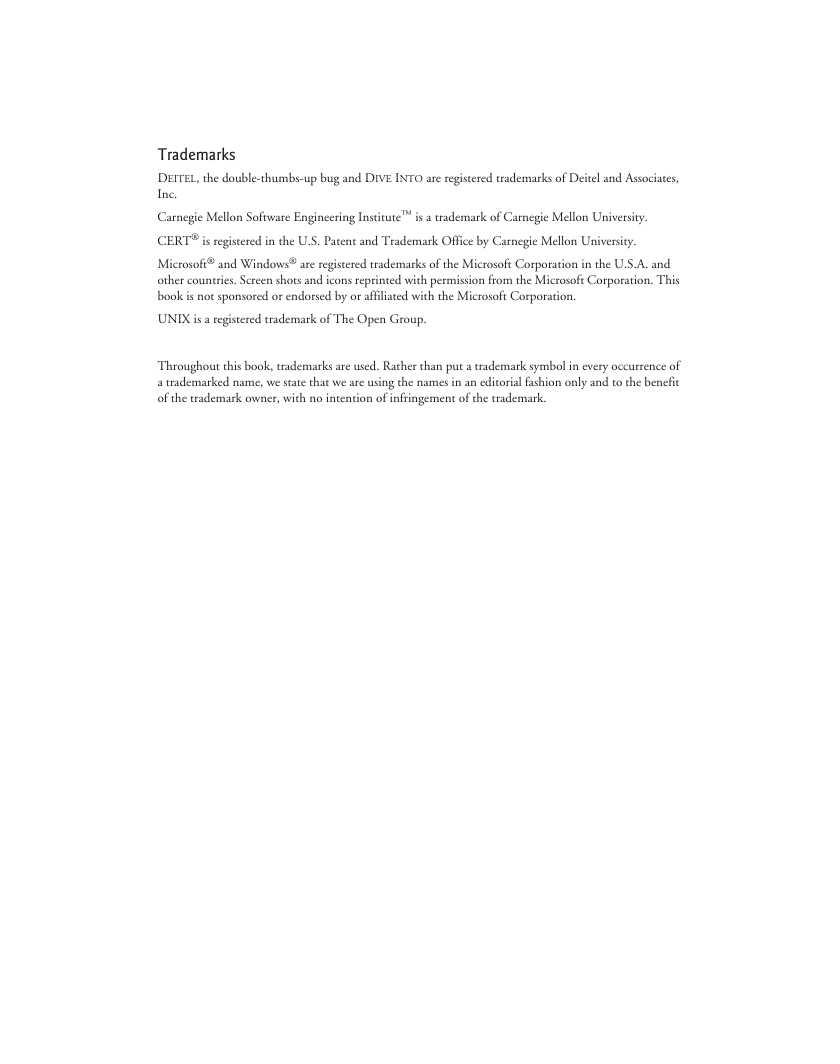








 2023年江西萍乡中考道德与法治真题及答案.doc
2023年江西萍乡中考道德与法治真题及答案.doc 2012年重庆南川中考生物真题及答案.doc
2012年重庆南川中考生物真题及答案.doc 2013年江西师范大学地理学综合及文艺理论基础考研真题.doc
2013年江西师范大学地理学综合及文艺理论基础考研真题.doc 2020年四川甘孜小升初语文真题及答案I卷.doc
2020年四川甘孜小升初语文真题及答案I卷.doc 2020年注册岩土工程师专业基础考试真题及答案.doc
2020年注册岩土工程师专业基础考试真题及答案.doc 2023-2024学年福建省厦门市九年级上学期数学月考试题及答案.doc
2023-2024学年福建省厦门市九年级上学期数学月考试题及答案.doc 2021-2022学年辽宁省沈阳市大东区九年级上学期语文期末试题及答案.doc
2021-2022学年辽宁省沈阳市大东区九年级上学期语文期末试题及答案.doc 2022-2023学年北京东城区初三第一学期物理期末试卷及答案.doc
2022-2023学年北京东城区初三第一学期物理期末试卷及答案.doc 2018上半年江西教师资格初中地理学科知识与教学能力真题及答案.doc
2018上半年江西教师资格初中地理学科知识与教学能力真题及答案.doc 2012年河北国家公务员申论考试真题及答案-省级.doc
2012年河北国家公务员申论考试真题及答案-省级.doc 2020-2021学年江苏省扬州市江都区邵樊片九年级上学期数学第一次质量检测试题及答案.doc
2020-2021学年江苏省扬州市江都区邵樊片九年级上学期数学第一次质量检测试题及答案.doc 2022下半年黑龙江教师资格证中学综合素质真题及答案.doc
2022下半年黑龙江教师资格证中学综合素质真题及答案.doc